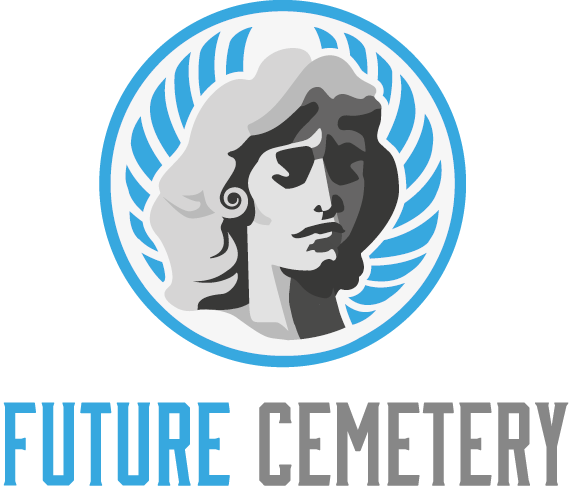The Gold Star Monument is the newest addition to Memorial Park. It was built in collaboration with the Woody Williams Foundation and Delaware Gold Star families.
It is the only memorial in the country that allows visitors to create pencil rubbings of their loved ones’ names. This simple act can be a deeply emotional experience for many.
Memorial Wall of Remembrance
The Memorial Wall of Remembrance is a series of panels engraved with names of individuals killed in wars and other violent events. Its location in Memorial Park reflects the original purpose of the site, which was used as an Army training camp. During the Depression, many local residents came to volunteer and help build some of the park’s restrooms, roadways and picnic areas.
The Barkers found it difficult to determine exactly how the names were chosen for the wall, since there was no formal public process. But they did find some glaring errors: For example, when two Navy pilots were killed in a crash off Japan, their names appear on the wall but not those of a pair of Air Force pilots who were also killed in the same accident.
The Memorial Park Conservancy has started hosting “Live at Live Oak,” a series of concerts that align with significant cultural celebrations four times a year. The first two events focused on Hispanic Heritage Month and Diwali.
The Doughboy Statue
This Doughboy statue is a somber World War I soldier holding his helmet and gun. It stands on a small pedestal and was sculpted by local artisan Philip Martiny (1858-1927) who studied with Augustus Saint-Gaudens and was a well-known artist in New York City.
The Doughboy was commissioned by the local community to honor men who served in World War I. It was dedicated on Memorial Day 1923. The town’s residents gathered at the monument for patriotic ceremonies that included music from St Mary’s Military Band, a rendition of the Star Spangled Banner by children from P.S 11, and the unveiling of Gold Star Relatives.
A large bronze plaque on the base of the Doughboy lists names of those from the town who served in World War I. The Doughboy also holds a cannon that was part of a World War I captured German mortar. The Chattooga County Historical Society is involved in ongoing preservation of the Doughboy and other historic properties at Dowdy Park including the 1840s Couey House.
The Park’s Curatorial Space
In contrast to the competing headstones of traditional cemeteries, memorial parks use dignified sculptured markers lying flat in landscaped plots. Central water features, statuary, or gathering spots are incorporated into the primary design to identify sections of the cemetery and provide an environment for quiet meditation and reflection.
Brooke Kamin Rapaport is a museum curator and public art specialist who is the Director of New York’s Madison Square Park Conservancy, where she oversees an ambitious outdoor sculptural program. Her public art projects have included commissioned works by artists such as Diana AI-Hadid, Martin Puryear, and Josiah McElheny.
She is leading a design process at June 5 Memorial Park that centers community voices throughout the project development and co-designs a garden that celebrates Seattle’s Black diaspora, honors Dr. King’s legacy, and provides a dedicated space for healing from gun violence. This work is funded by a National Park Service Research Permit. All scientific research in a national park requires a permit. Specimens collected from park property must be stored in repositories that meet NPS requirements for preservation and access.
The Park’s Landscape
At Memorial Park, visitors are able to rest and replenish the body, mind, and spirit in a naturally beautiful oasis. The park’s lower level curatorial space showcases the local war history and pays tribute to the soldiers, while the roof garden embodies the spirit of remembrance through 250 birch trees that symbolize the victims of the Sewol ferry disaster.
The architecture and landscape are integrated as a figure-ground, with the building housing cultural and exhibition spaces, amenities, and a shop while the landscape serves social events, promenades, gardens, and a memorial park. Over time, the birch trees are expected to grow into a forest symbolizing the meaning of the tragedy: death leads to new life.
In collaboration with the Township of Maplewood, UNITEDLAB was able to create a project that revitalizes unused open space, brings attention to forgotten local war history, constructs a landmark for remembrance, and nurtures a new urban center filled with laughter and collective memories. This year, the project won a 10th Annual A+ Award from Civil + Structural Engineer magazine.
